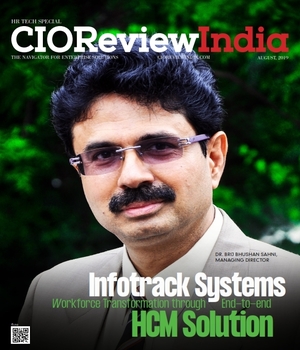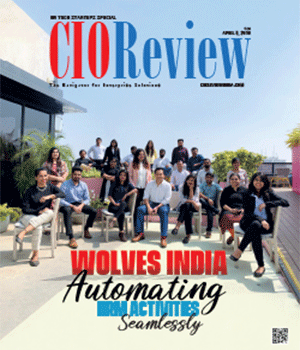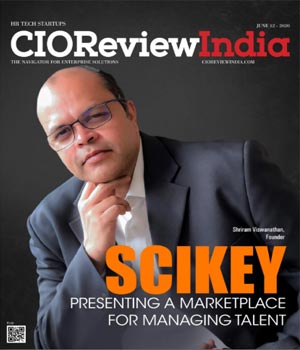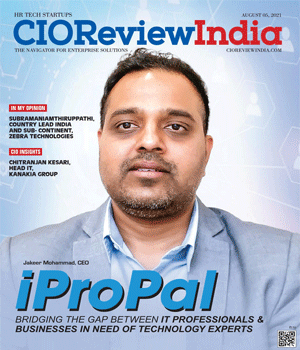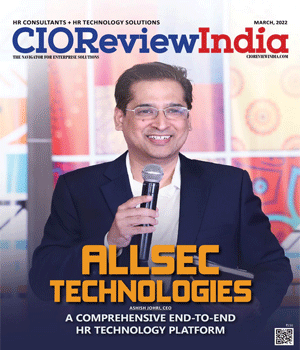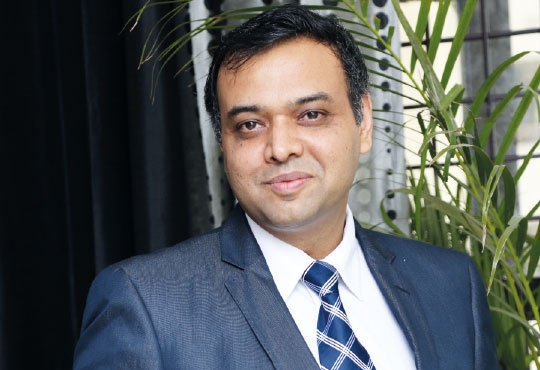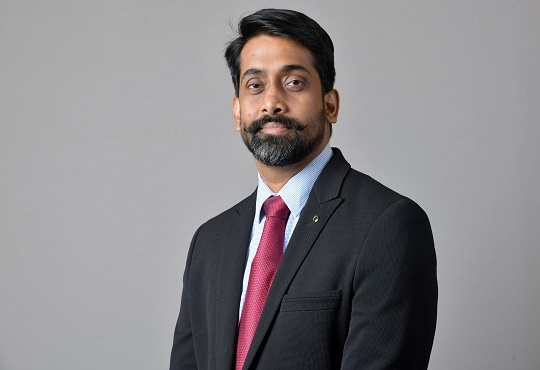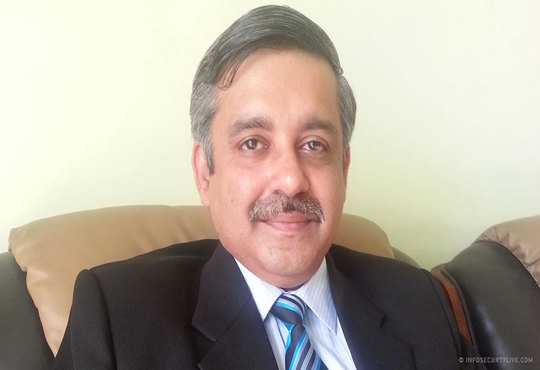
Essentials of Collaboration between Manual and Automated HR Processes
Purushotam Savlani, SVP and Managing Director, First Advantage India | Monday, 30 October 2017, 08:54 IST
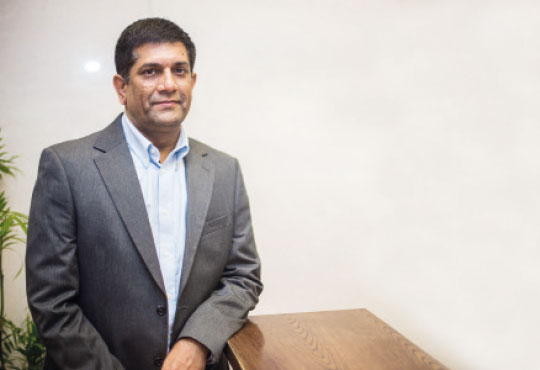 Technology is truly a game-changer, that has crept into every single aspect of our lives and the processes involved in recruitment and hiring are not an exception to this. Today a number of processes involved in recruitment are automated, but this doesn’t imply that the tasks carried out by human resource professionals have become redundant. Here are a few reasons why this field will always require a degree of personal touch or a human intermediary of sorts:
Technology is truly a game-changer, that has crept into every single aspect of our lives and the processes involved in recruitment and hiring are not an exception to this. Today a number of processes involved in recruitment are automated, but this doesn’t imply that the tasks carried out by human resource professionals have become redundant. Here are a few reasons why this field will always require a degree of personal touch or a human intermediary of sorts:
• Technology cannot assess a candidate’s emotional intelligence or attitude
• Technology and algorithms cannot build relationships
• Technology is but a tool
HR professionals need to understand the relevance of technology and be able to adapt it swiftly to drive business outcomes. It is important to strike a balance between utilization of technology while maintaining a personalised approach with a human touch.
In order to foster innovation and develop a dynamic organization culture, it is important to align human resource management with the overall strategic goals and objectives of the firm. Some of the ways that HR Technology helps make strategic decisions are as follows:
• Wide range of data made easily available-Systematic records, maintained by the organization, allows management to process accurate information at a much faster pace, enabling them to make informed decision in a short span of time.
• Human Resource analysis-This data also helps assess resource requirements of the organization and enables the management design training programs for employees in order to improve overall performance while maintaining a skilled and satisfied workforce.
• Forecasting and Planning-Helps forecast needs, whether it maybe recruitment, training or succession planning and allows management to plan and initiate processes that are required to accommodate these future needs.
Collaboration between HR and IT departments is Essential
Employees should be trained on how to handle ransomware incidents in order to reduce the risk of data breaches in the future. There are a number of ways to protect an organization from insider threats, some of which include:
• Security Policy- Establish a security policy that includes guidelines for the process to be followed while investigating an insider threat, as well as the potential consequences that entail such misuse.
• Don’t ignore physical security- Systems with sensitive information should be isolated and maintained in a location with a double-factor authentication; factors such as biometric scans help increase security.
• Screen New Hires- In order to become comfortable with their new hires, there needs to be a certain level of trust, and clean background check will lay the foundation for that trust.
The IT functions helps screen employees, their qualifications and other quantifiable data that they provide. The HR, then examines the candidate through a series of interviews to gain insight on the personality, emotional intelligence and attitude of the candidate. After the hiring process is completed the HR technology that has been integrated into a number of HR systems including leave, travel, attendance, etc. maintains records related to these aspects, which are regularly updated, classified and analyzed, providing real-time data.
When this data is cross analysed with the needs of the organization, it helps bring to light the gap between the two. Upon the identification of such gaps the management in collaboration with the HR professionals can plan and organize various training programs that help develop the skills of their employees thereby bridging this gap.
Role of HR works in a multi-speed business
The HR professionals in a multi-speed business need to stay current, be aware and be willing to adopt the best means carry out a task. These are a few changes that the role if the HR brings into a multi-speed business:
1. Create a climate for action and change- The bureaucratic hierarchy of a large organization often adds a number of layers of authority between the human resource manager and executive leadership. An effective human resource manager is in constant communication with the executive leadership.
2. Be the Catalyst for Change- On the formulation of the strategy, the human resources department is to ensure that it is adopted by the workers and implemented in their daily routine. This requires educating the employees about the reason for the specific policy created by the top level management.
3. Create the right environment- An efficiently run human resources department can provide your organization with structure and the ability to meet business needs through managing your company's most valuable resources -- its employees.
4. Train leaders through the change- Many leaders don’t understand that they are an integral part of the motivational ecosystem in their companies. HR leaders should help motivate them towards the change in the organization. Change is very necessary in an organization as no one likes monotonous work.
CIO Viewpoint
Is Business Intelligence (BI) using Analytics...
By Lalit Popli, Head of Information Technology, ICICI Prudential AMC
How Disruptions in Internet of Things to Impact...
By Dalveer Singh, Head IT, Sentiss Pharma
HR Tech: It is Not Only About HR
By Babu Thiagarajan, Head - Technology, Fidelity International, India
CXO Insights
Digitalization in HR Operations
By Jaishankar Balan, Head, Human Resources at Bharti AXA Life Insurance
People Analytics: Critical to driving Business...
By Manan Jain, Lead- HR People Partner & Experience, India, YASH Technologies
Components Of Strategic Management Model


